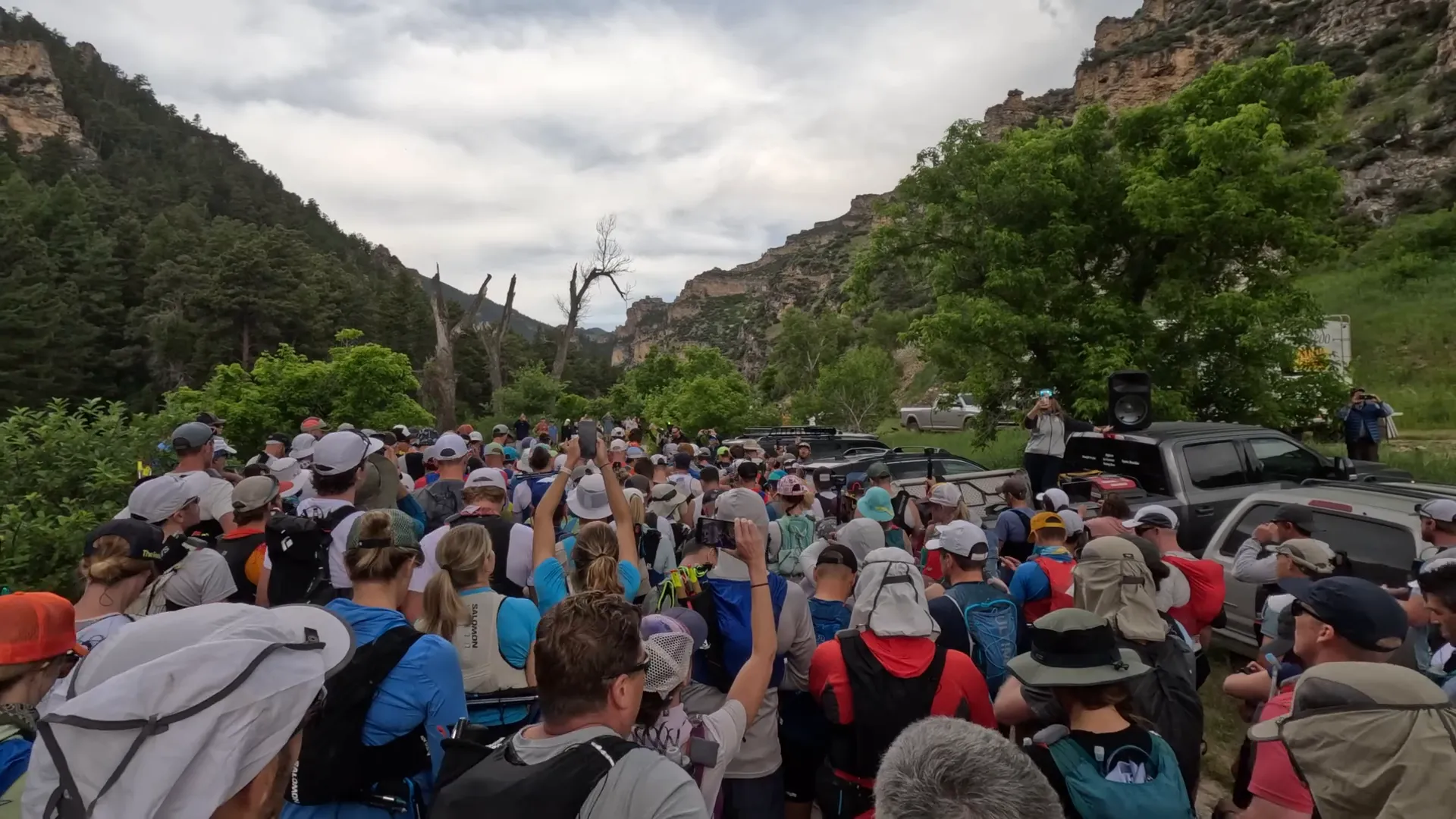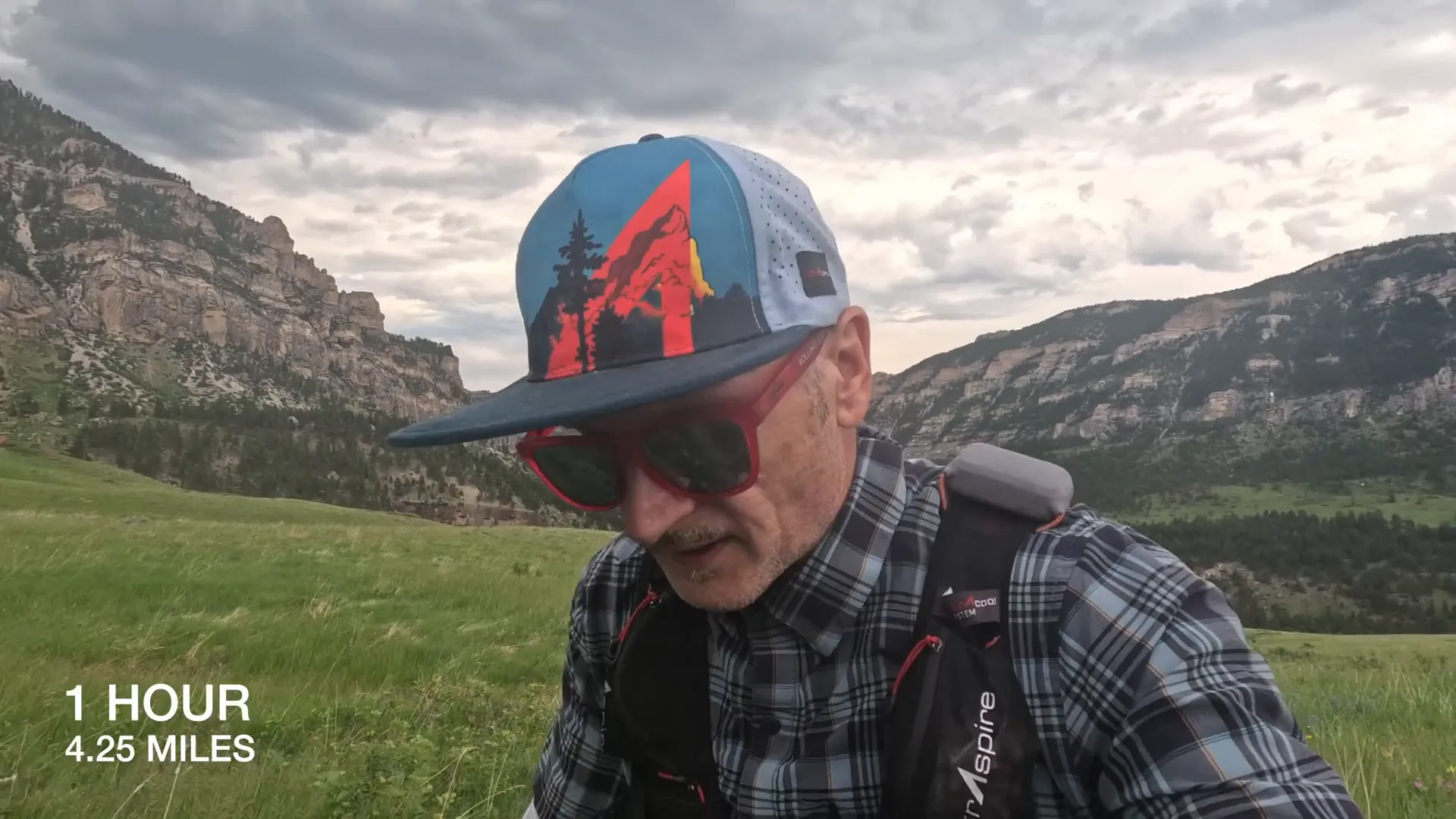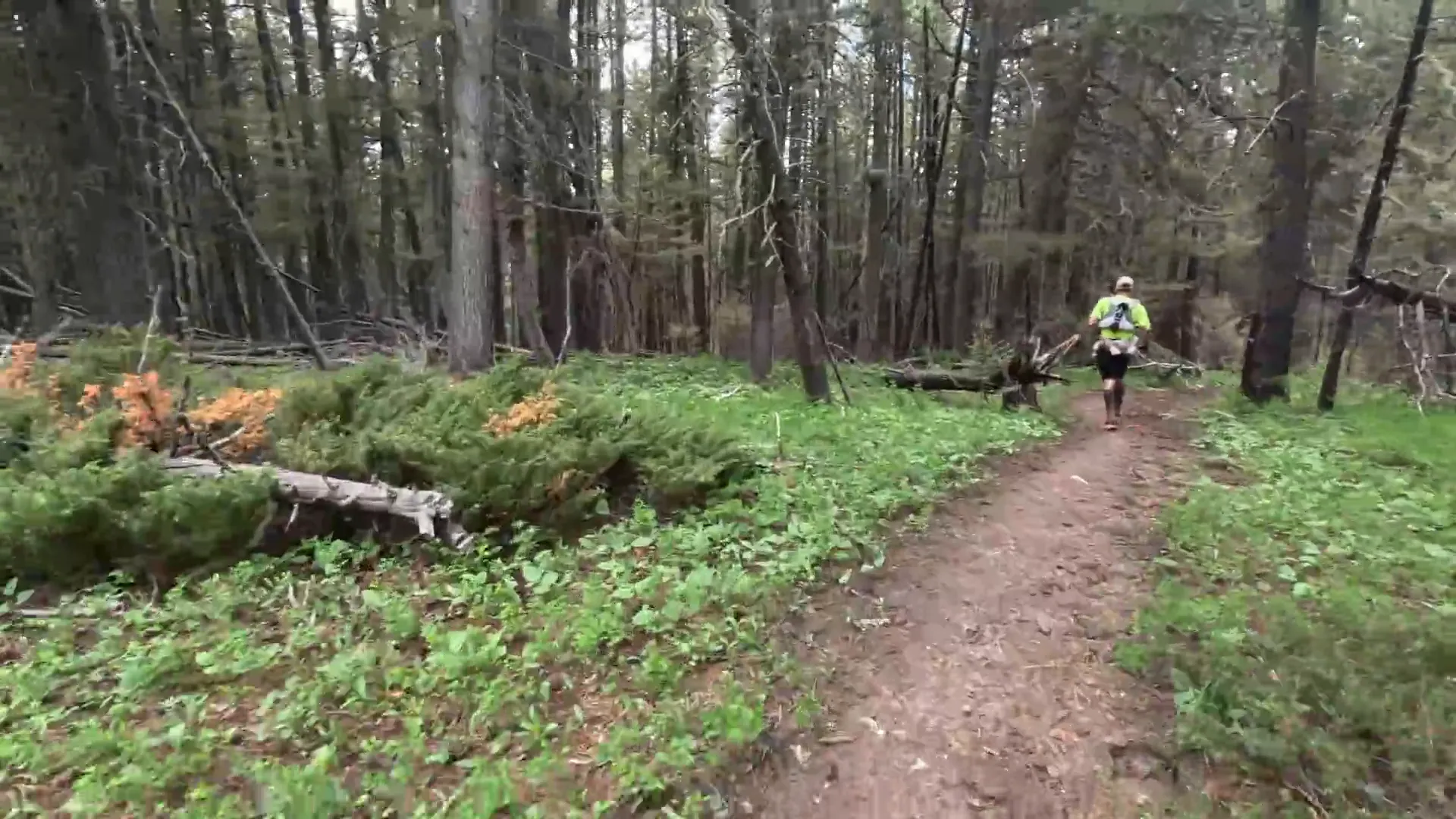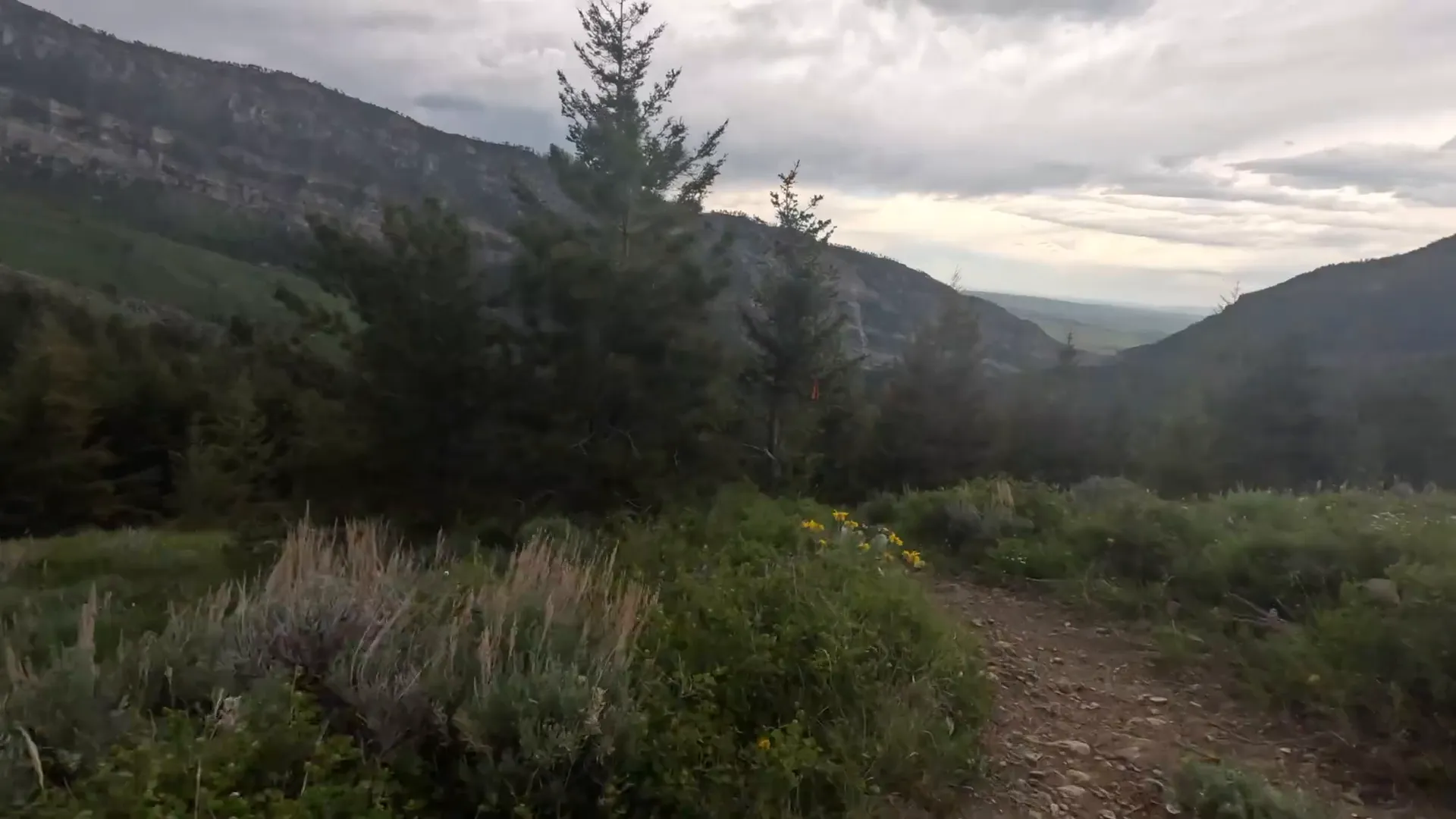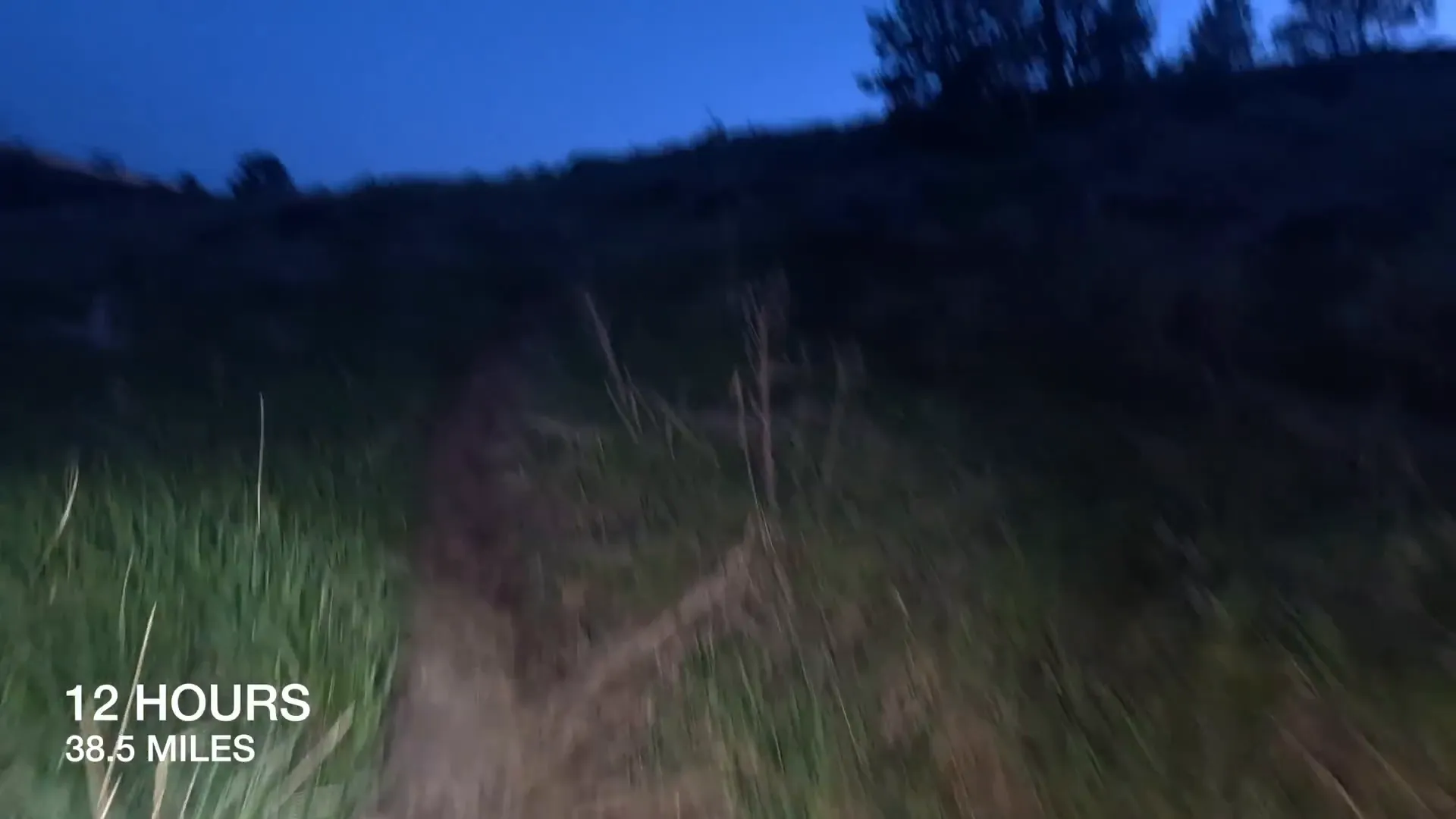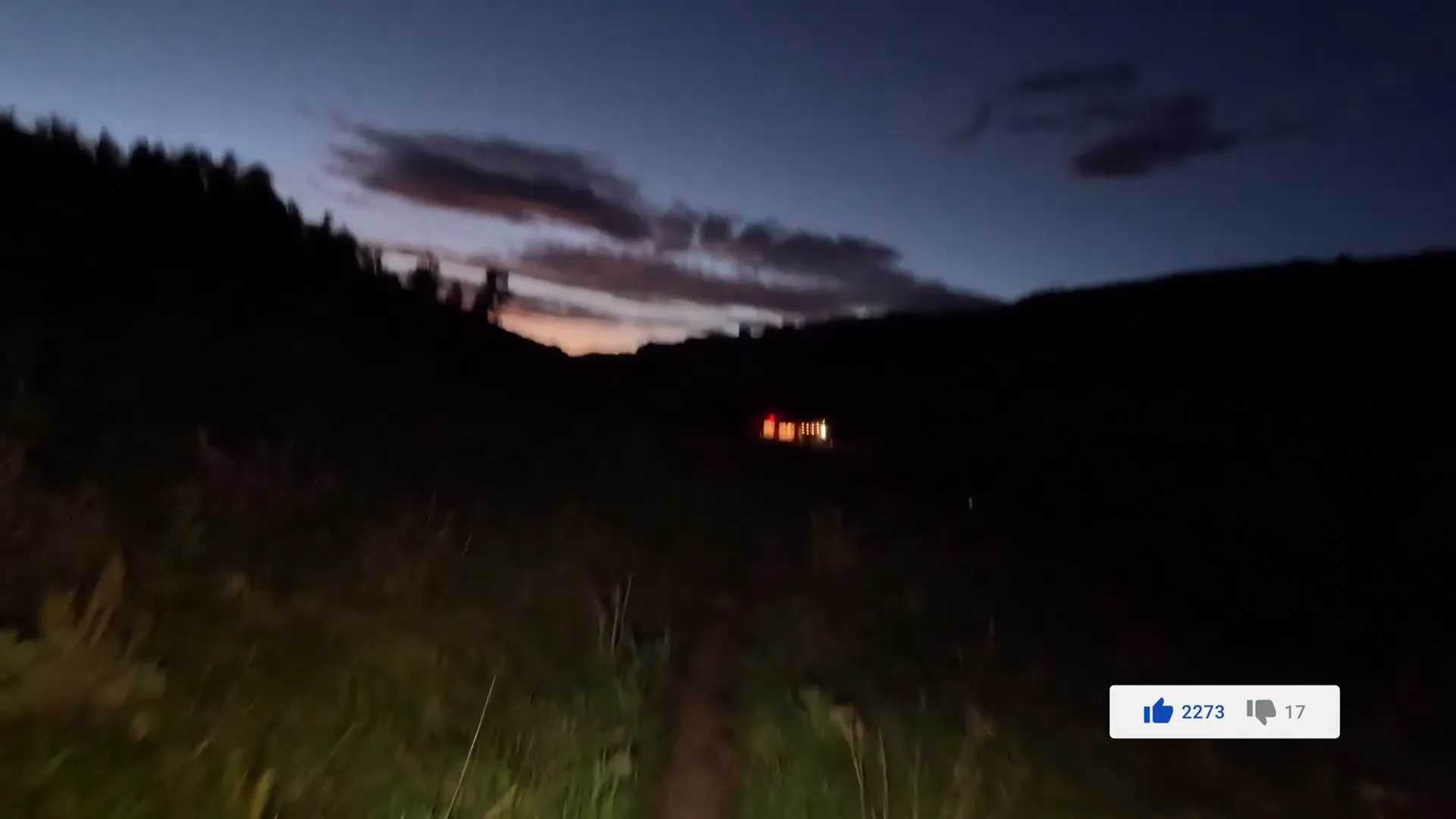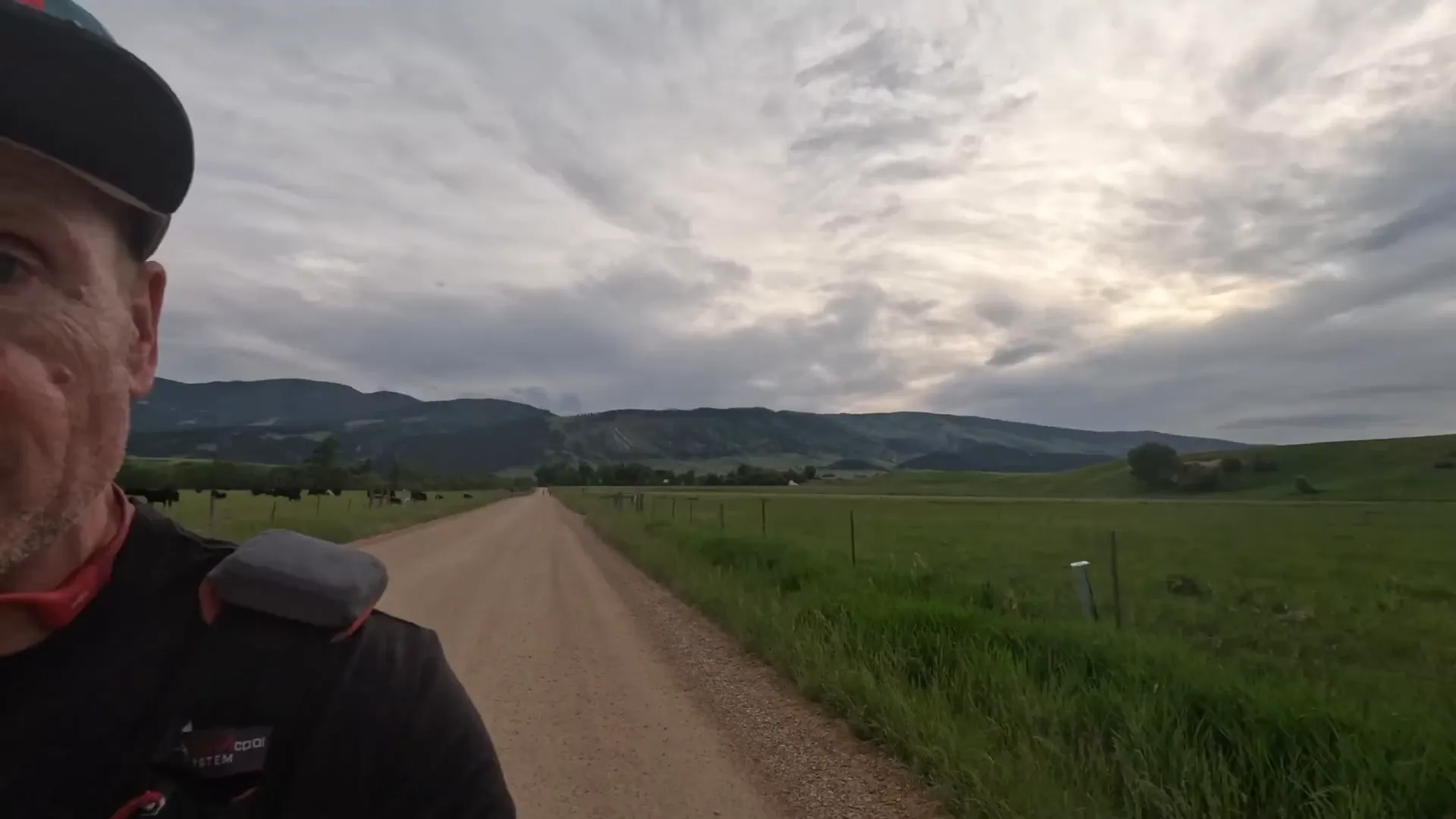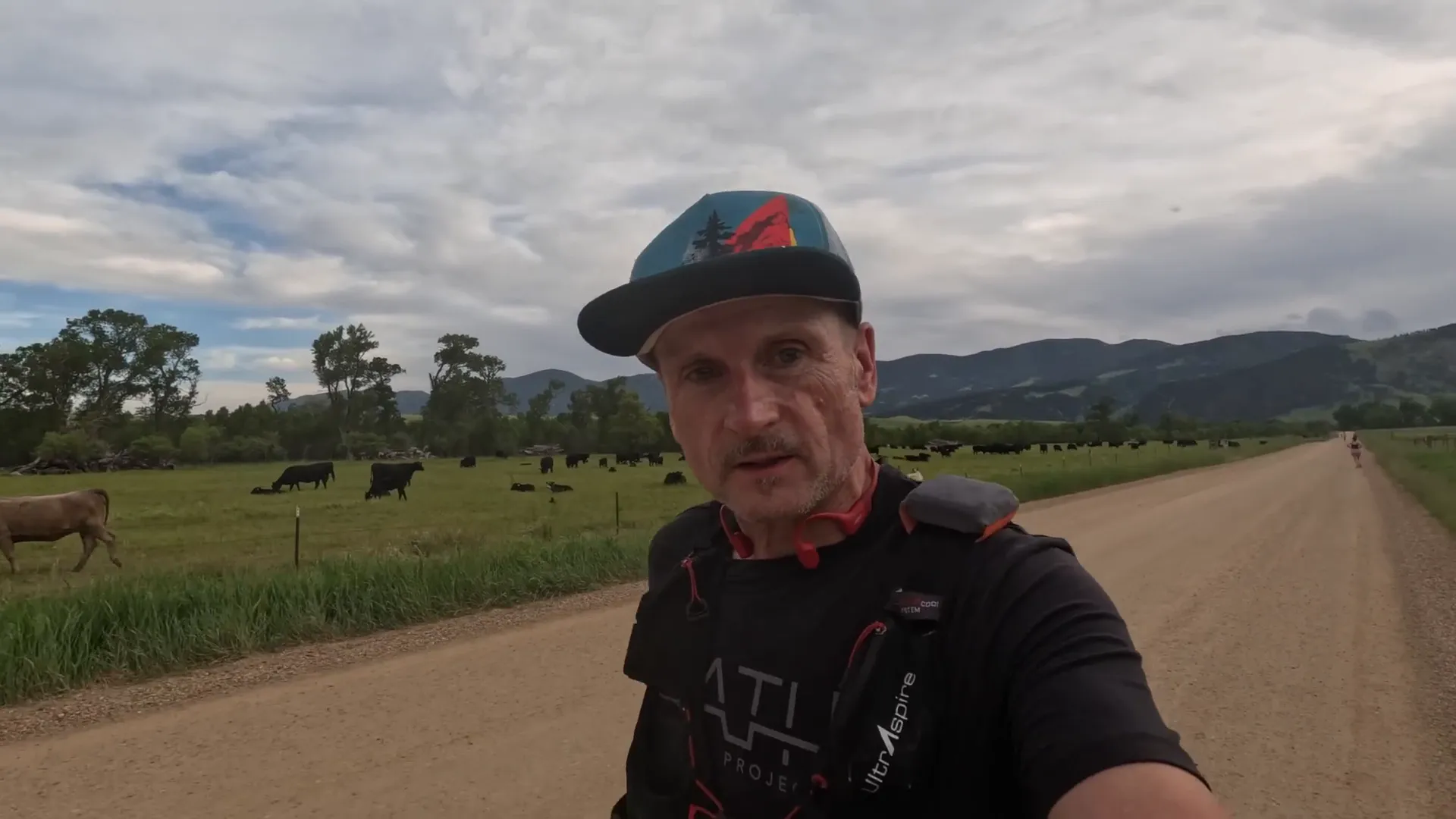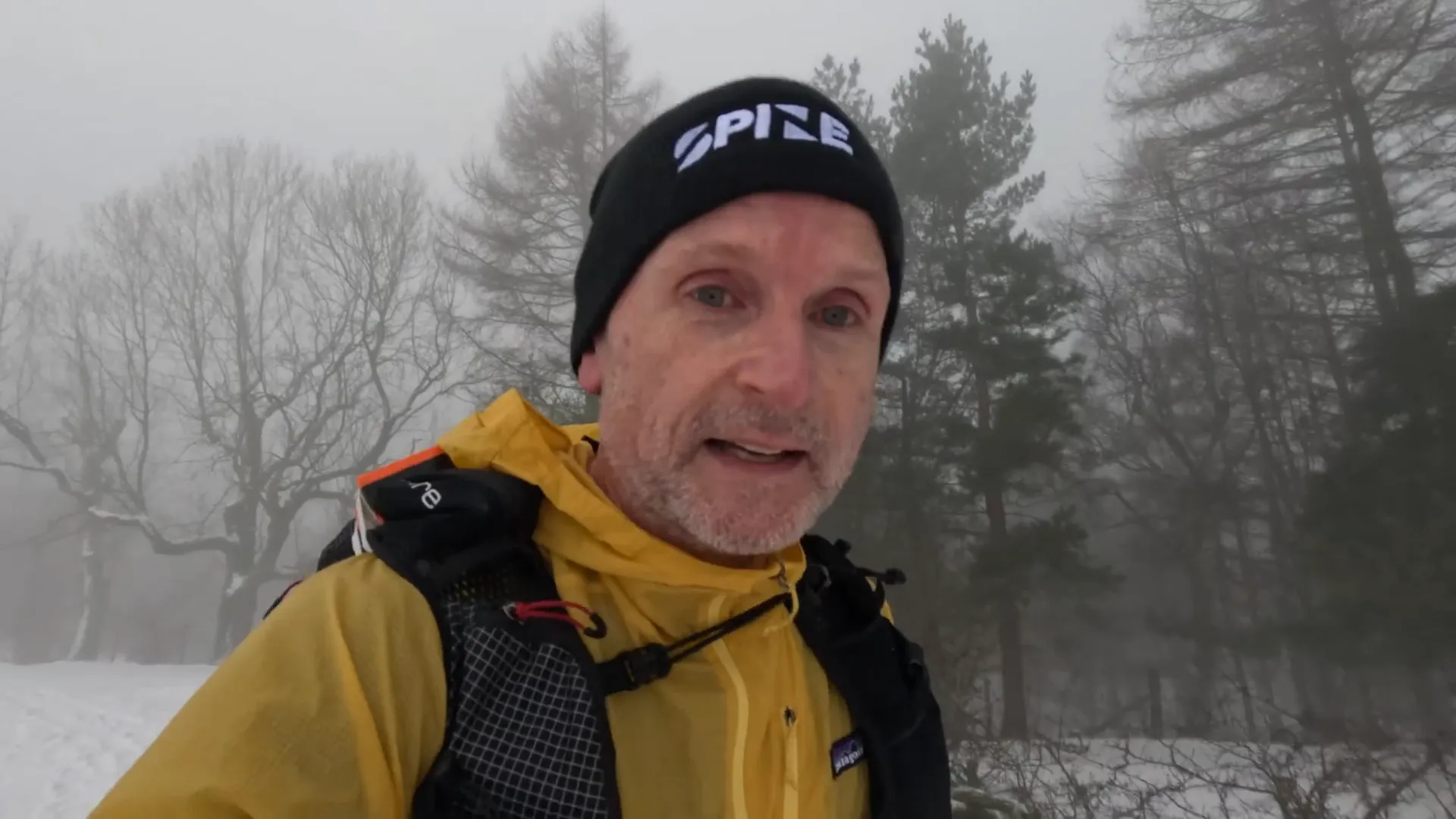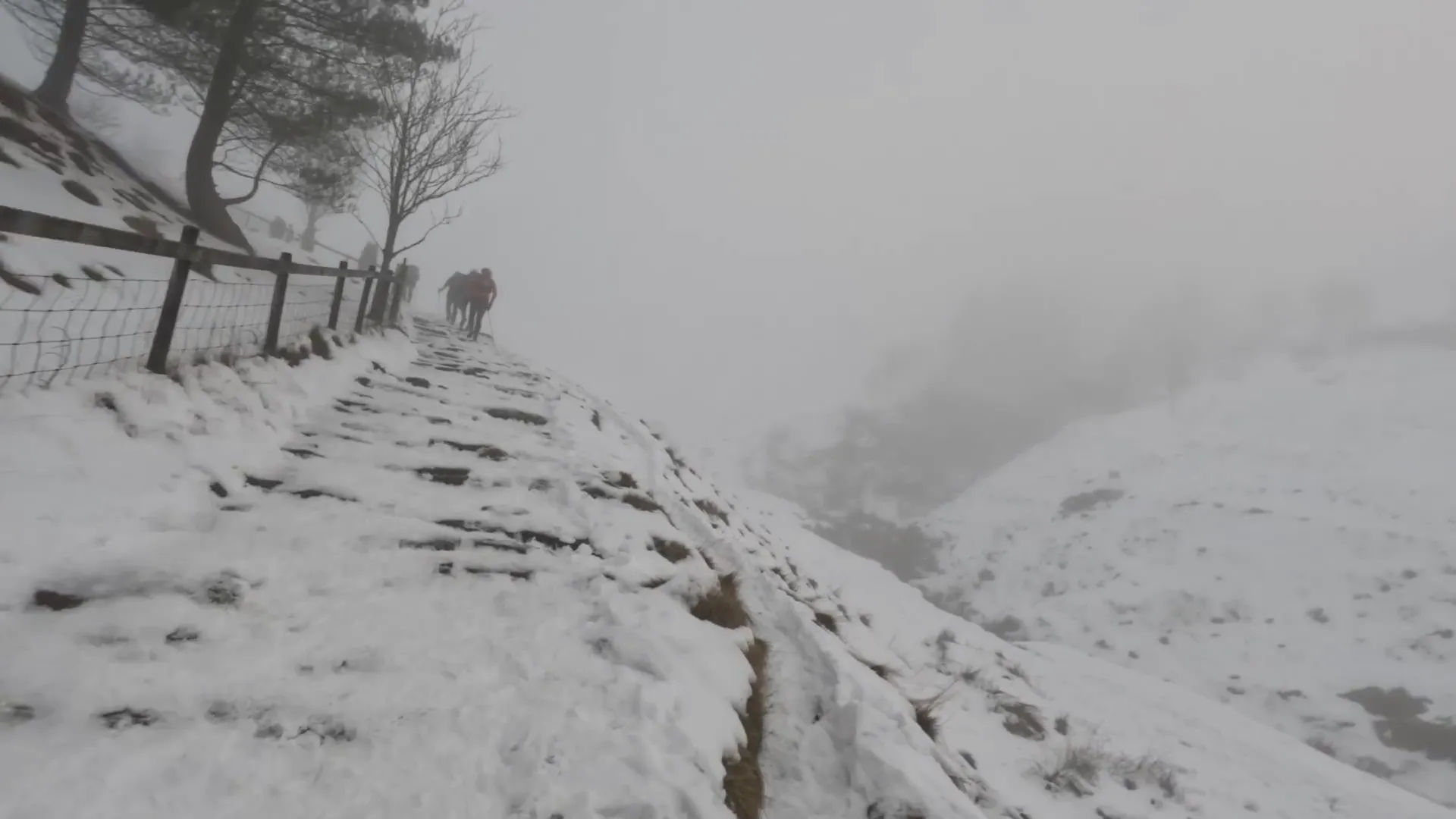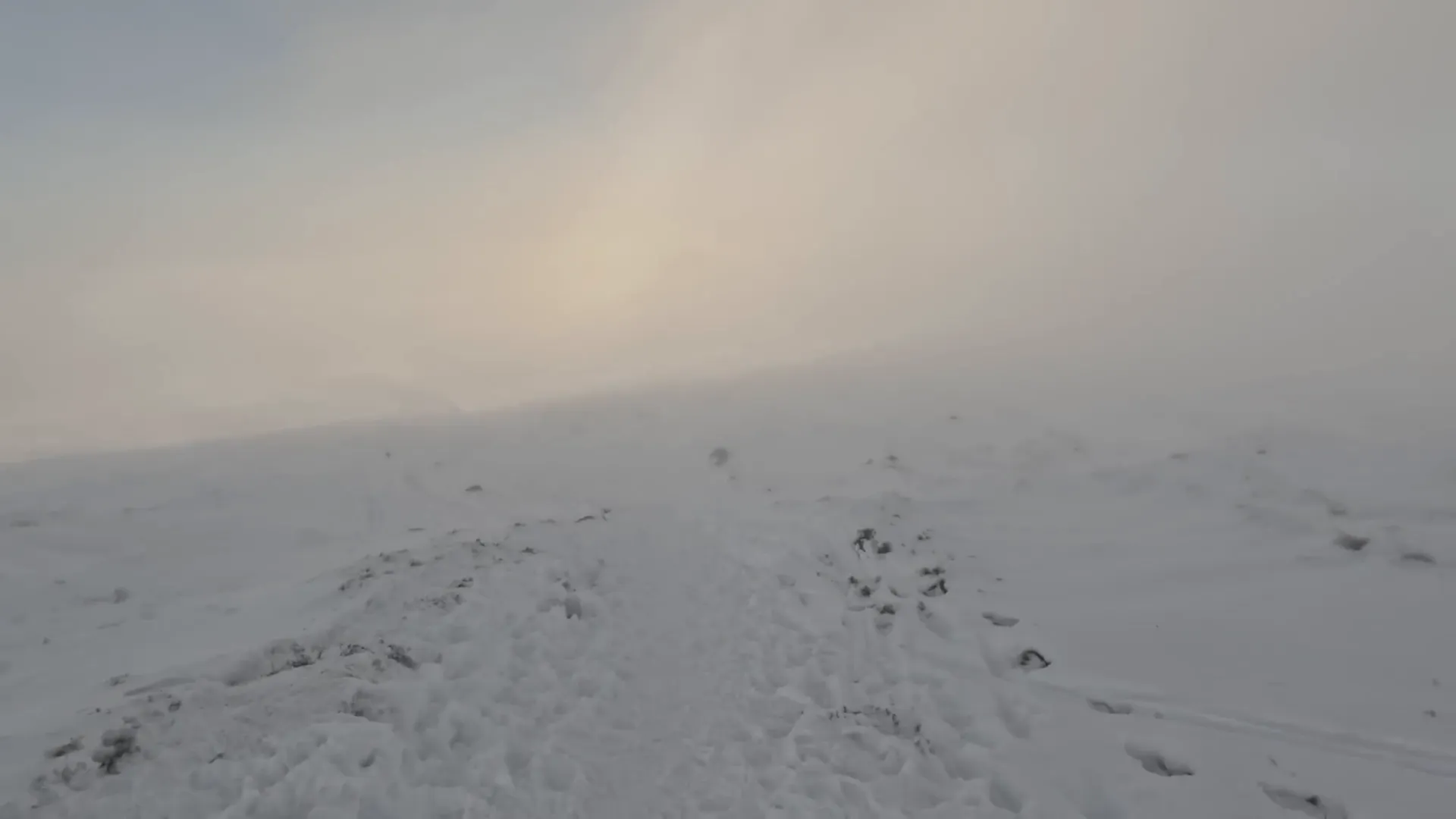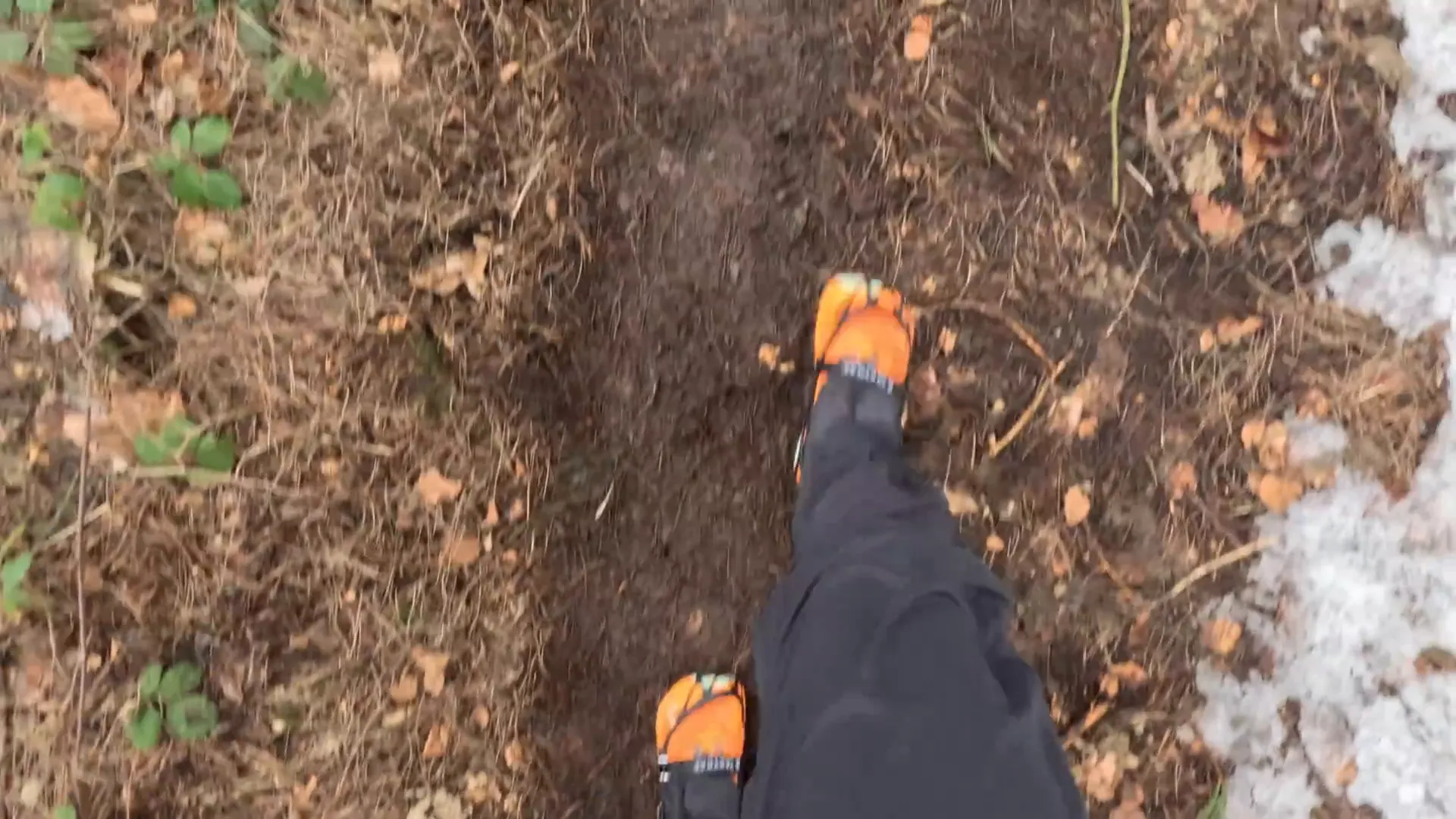Welcome to the thrilling conclusion of my 2024 Cocodona 250 experience, an ultrarunning adventure that pushed my limits across rugged Arizona terrain. As an avid trailrunning enthusiast and ultrarunner, I’m excited to share the highs, lows, and everything in between from the latter half of this grueling 250-mile race. This article delves deep into the challenges faced, the strategies employed, and the unforgettable moments that defined the final miles, all while emphasizing the spirit of ultrarunning, trailrunning, and running that fuels such epic endeavors.
Embarking on this journey just three weeks after completing the Southern States 200 was admittedly ambitious, but with the unwavering support of my incredible crew and pacers, what seemed insurmountable became achievable. Whether you're a seasoned ultrarunner or a passionate trailrunner, the story of these later miles will resonate with the relentless pursuit of forward movement and the mental toughness required in endurance running.
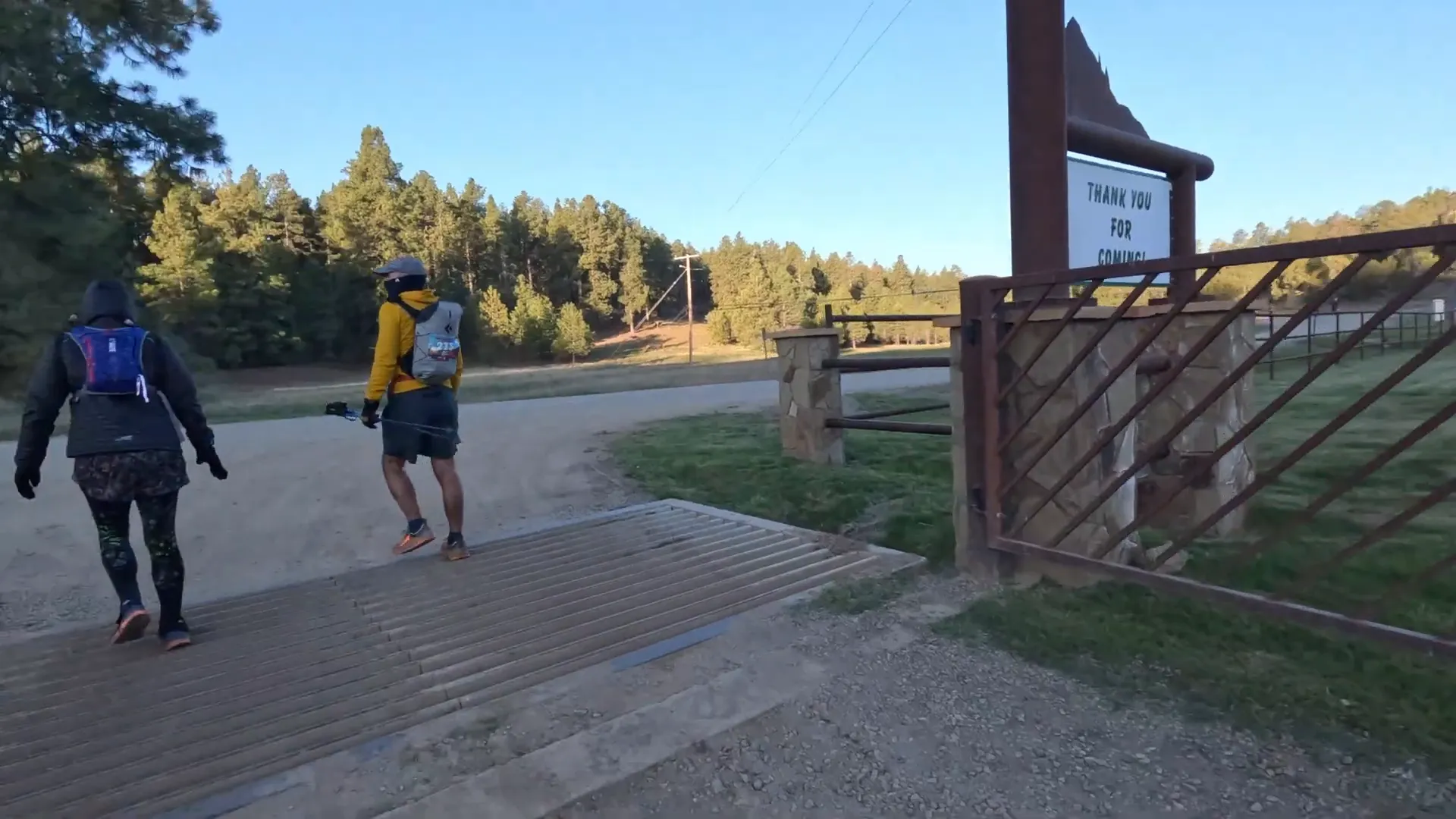
Embracing the Challenge: From Mount Mingus to Jerome
At around 48 hours into the race, I found myself at the summit of Mount Mingus, having finally grabbed my first 30 minutes of sleep. With 108 miles behind me, the goal was to press on toward Jerome, a historic mining town that would serve as a pivotal checkpoint. My wife Ana, my most trusted and favorite pacer, joined me for the challenging descent down the mountain. Running — or more accurately, moving forward with purpose — was the name of the game. In a 200-mile race, it’s not about speed alone but about maintaining forward momentum, self-care, and the refusal to quit.
The morning greeted us with cooler temperatures, perfect for tackling the rough trail sections ahead. Despite the rocky terrain and numerous switchbacks, the stunning vistas rewarded every step. Having climbed this mountain in the pitch dark the previous night, I was thrilled to finally see the breathtaking views we had missed. Snow lingered on the north-facing slopes, a cool reminder of the mountain’s altitude and the varying conditions ultrarunners face.
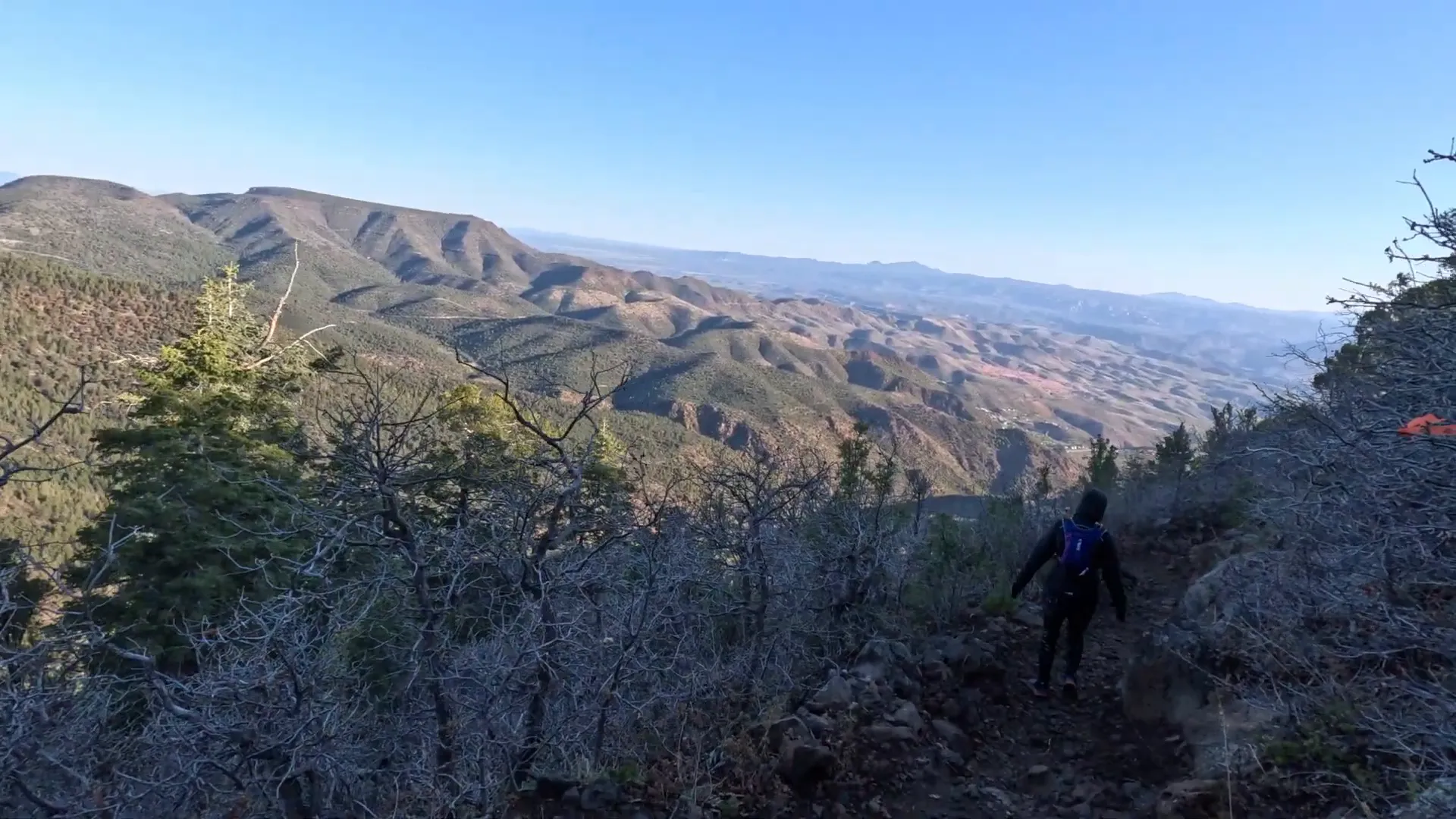
Throughout this segment, Ana's enthusiasm was infectious. Pacing during the daytime was a new experience for her, and together we navigated the rolling rocks and switchbacks, sharing moments of awe at the natural beauty surrounding us. Even the small, unavoidable stops — like finding a spot to pee — became part of the rhythm of the race.
Maintaining Energy and Hydration in the Arizona Sun
By the 50-hour mark, the sun was rising, casting golden light on the trail. It was crucial to cover up, stay hydrated, and keep eating to maintain energy levels and avoid the brutal effects of the Arizona sun. Running uphill was out of the question; the focus was on steady forward progress. I managed to sneak in some jogging on smoother terrain, a welcome change of pace.
One of the most important lessons in ultrarunning is pacing yourself according to the terrain and conditions. Uphills demand patience and power hiking, while descents and flats offer opportunities to pick up the pace. The mental game involves knowing when to push and when to conserve energy.

Jerome: A Brief Oasis and Refueling Station
After a long leg covering 120 miles by just over 52 hours, we arrived in Jerome, a town rich with mining history and revitalized charm. The transition from rugged trail to town brought a sense of relief and accomplishment. Here, I refueled with breakfast tacos and vegan chicken nuggets, while Ana enjoyed a Beyond Burger and soda. Fueling properly at aid stations is a critical aspect of ultrarunning strategy, providing the nutrients and fluids necessary to sustain energy and morale.
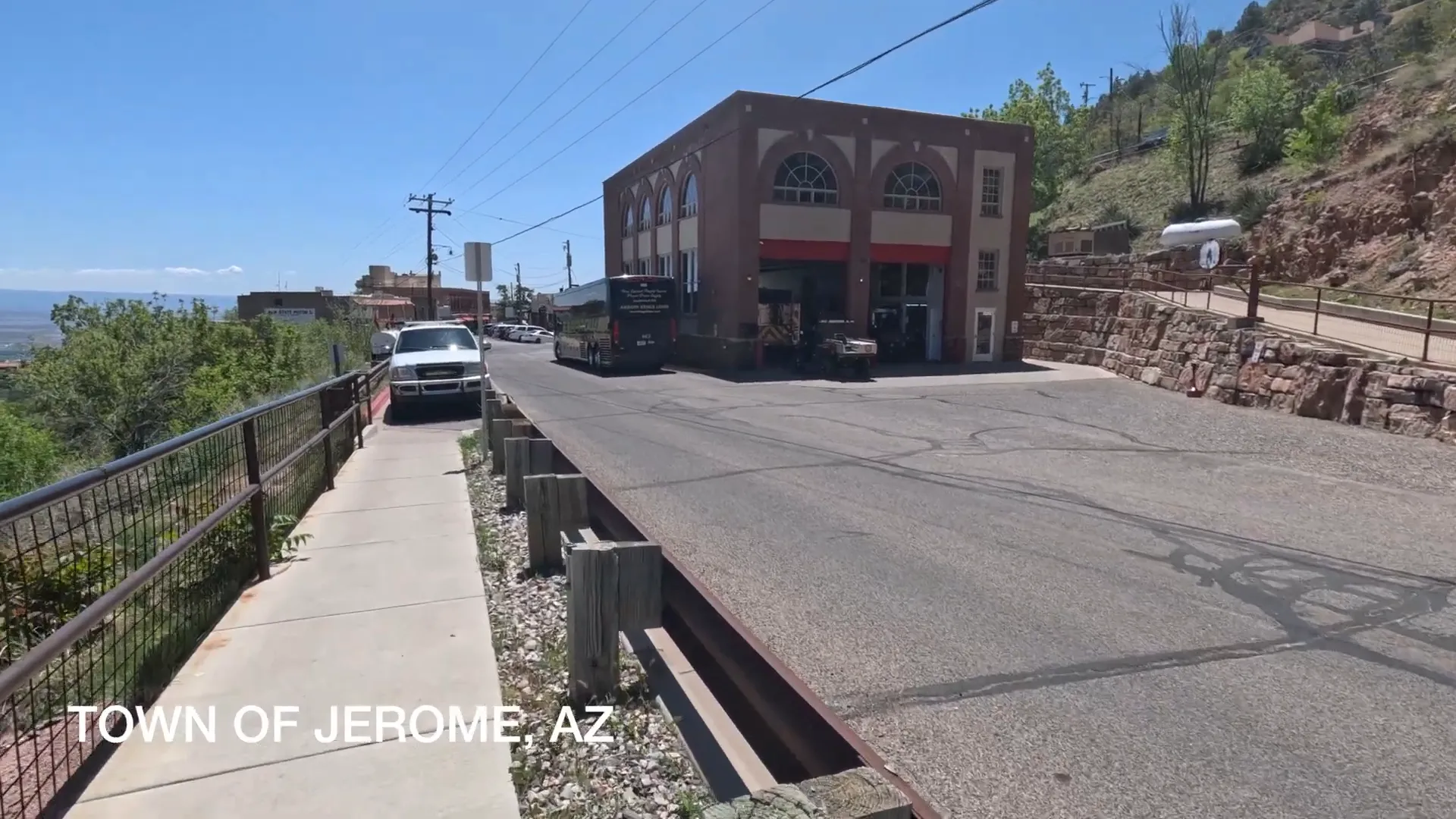
Jerome served as a brief oasis before the next leg, an 8+ mile section that would take us through roads and more runnable trail with moderate vertical gain. I equipped myself with a buff filled with ice, hoping to keep cool for the first few miles of this hot afternoon stretch. Ana not only paced but also helped me navigate gates along the route — a small but essential task that kept the momentum going.
Despite some foot pain from the rocky descents, progress continued steadily. The heat intensified as the day wore on, but with hydration and pacing, we pushed through.
Solo Efforts and Mental Fortitude
Later, around the 57-hour mark, I entered the town of Troughcloakedale, Arizona, and returned to trail running. A warning from a trail angel about snakes added a layer of caution to the gully descent ahead. Slow, careful steps replaced any urge to speed up. Crossing a chilly river soaked my taped feet, a discomfort I anticipated but could not avoid.
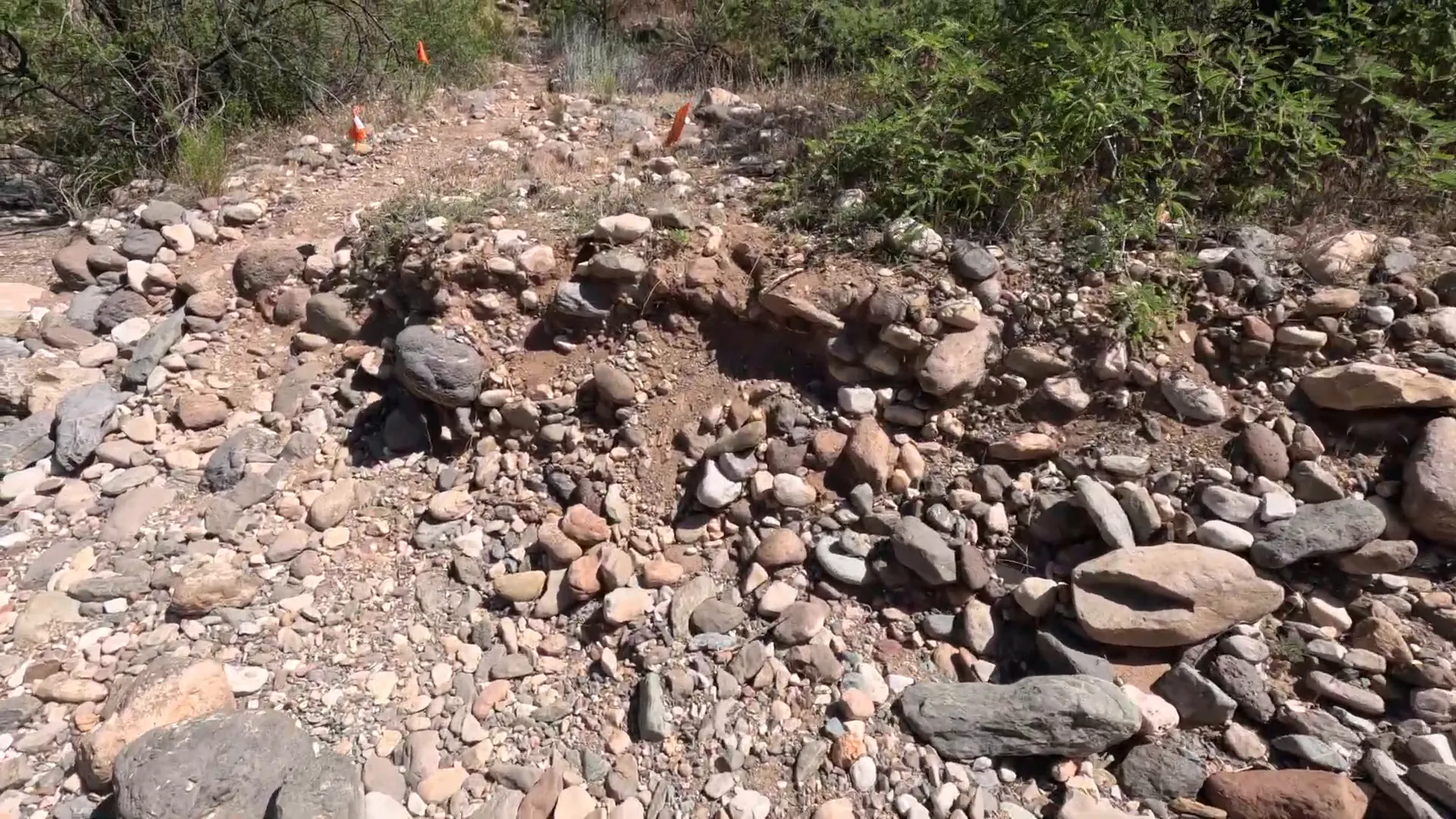
Running opportunities were scarce during this segment, and when a runnable trail appeared, I seized the moment for a brief two-minute run. The solitude of solo running tested mental endurance, but it also offered a chance to focus inwardly and maintain steady forward progress despite fatigue and pain.
Endurance, Sleep Deprivation, and the Importance of Rest
By 58 hours and 134.5 miles, the race was taking its toll. While the initial legs of the day went well, the upcoming 17-mile stretch loomed large, and I faced it alone without a pacer. Pacers are more than just running partners; they provide social interaction, motivation, and a security blanket that eases the mental strain of ultrarunning.
Operating on roughly 30 minutes of sleep over 60 hours, the effects of sleep deprivation were undeniable. I dozed briefly while eating at an aid station but knew I needed more rest to sustain performance. At the Sedona 8 Station, exhaustion forced me to take a 20-minute nap, a short but necessary reset.

Power Naps and Nutrition: Key to Recovery on the Trail
Power naps, even as brief as 20 minutes, can provide critical restoration during multi-day ultrarunning events. Coupled with proper nutrition — like the breakfast burrito and cinnamon roll I enjoyed later — these breaks help stabilize energy levels and improve focus.
However, the 20-minute nap wasn’t enough to steady me fully. By the time I reached the Chappell Hill 8 Station, mental and physical exhaustion necessitated a longer, 90-minute sleep. This extended rest, combined with restaurant-quality food and hydration, revitalized me for the final push.
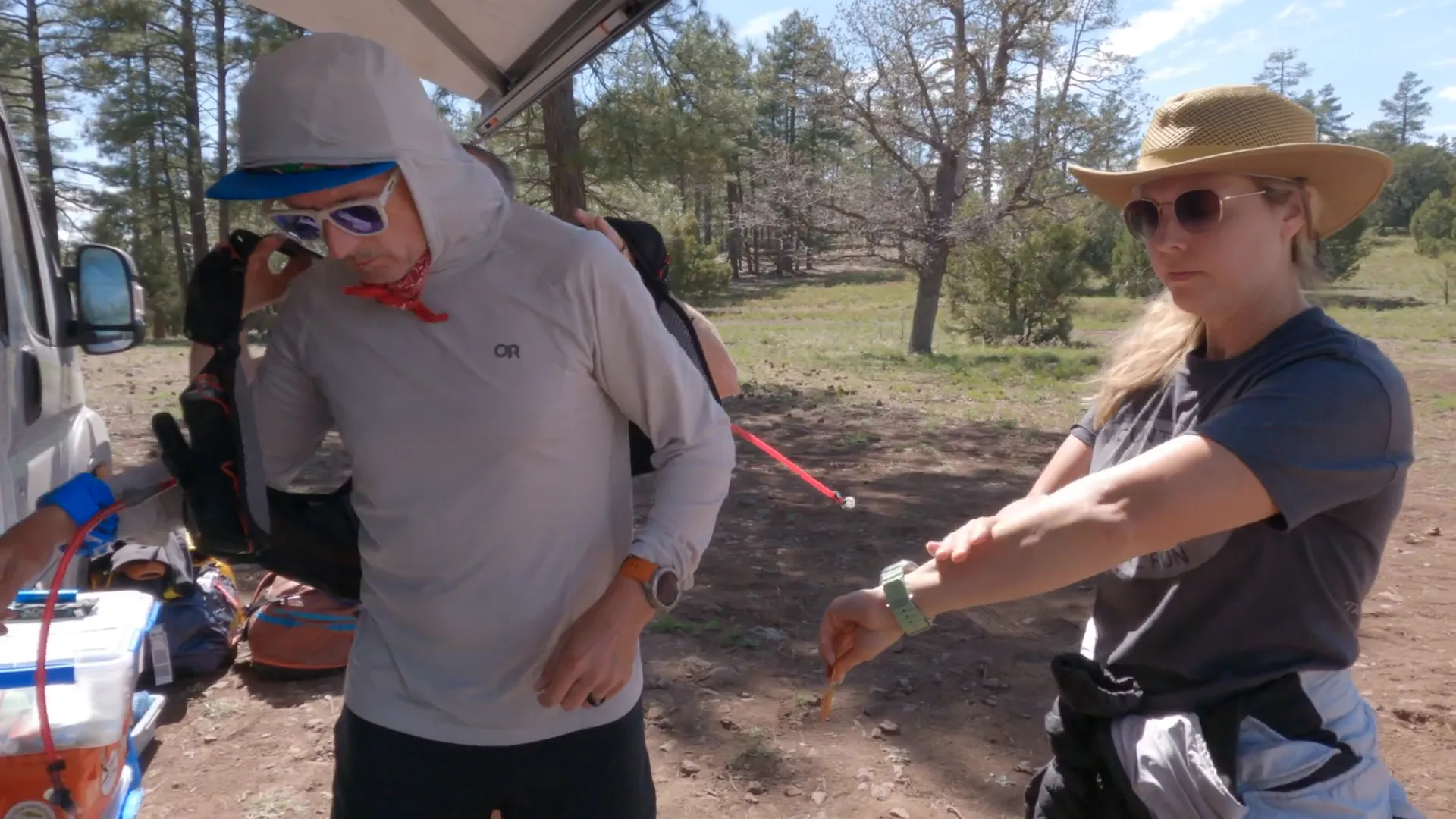
The Final Stretches: Teamwork and Determination
With renewed energy, I tackled the last legs of the race, supported by my amazing crew and pacers like Malcolm and Bubbles. Bubbles, aptly named because “if you can’t be fast, you’ve got to bring the fun,” was a spirited pacer helping complete the 125-mile finish segment of her own Cocodona journey.

As the miles clicked by, my crew provided unwavering support — from handing out food and drink to motivating me to keep moving during challenging moments. At the Bun’s Park aid station, after a 90-minute nap, I was ready to get back on course despite the fatigue and smoke-induced nosebleeds from the environment.
The camaraderie and encouragement from my crew and fellow runners were invaluable, reminding me that ultrarunning is as much about community as it is about individual grit.
Overcoming Adversity: Foot Pain and Environmental Challenges
One of the toughest challenges during the later miles was managing foot pain caused by rough terrain and prolonged exertion. The rocky descents and constant pounding took a toll, but with careful taping and pacing, I kept pushing forward.
Environmental factors like smoke and dust added to the difficulty, causing breathing discomfort and nosebleeds. These elements tested my resilience but also highlighted the unpredictable nature of trailrunning in the outdoors.

Crossing the Finish Line: A Moment of Triumph
After 72 hours and 165 miles, I approached the final aid stations and the last stretch toward the finish line. The journey was a grind — every step earned through determination and the support of my crew. The last few miles were a mix of emotions: exhaustion, relief, pride, and a deep sense of accomplishment.
Crossing the finish line of the Cocodona 250 was more than just completing a race; it was the culmination of months of training, mental fortitude, and the relentless spirit of ultrarunning. The moment was emotional, a testament to the power of perseverance and community.

Celebrating with my crew and fellow runners, I reflected on the incredible journey. Without their incredible support and dedication, this feat wouldn’t have been possible. Taking on two 200+ mile races in such close succession was undoubtedly one of my biggest challenges, but also one of the most rewarding.
Lessons Learned and Reflections on Ultrarunning
Every ultrarunning event teaches new lessons — about pacing, nutrition, rest, and mental toughness. This race reinforced the importance of:
- Maintaining forward movement, no matter how slow, as the key to finishing
- Listening to your body and adjusting effort based on terrain and conditions
- Utilizing pacers and crew as vital sources of motivation and logistical support
- Prioritizing sleep and nutrition to sustain performance over multiple days
- Embracing the adventure and unpredictability of trailrunning
Ultrarunning is not just a physical challenge but a profound mental and emotional journey. The Cocodona 250, with its stunning landscapes, tough terrain, and vibrant community, embodies everything that makes trailrunning and ultrarunning so compelling.
Final Thoughts: The Spirit of Ultrarunning, Trailrunning, and Running
The later miles of the 2024 Cocodona 250 were a testament to the resilience, dedication, and passion that define ultrarunning, trailrunning, and running. Each step forward was a victory — over fatigue, pain, and doubt. The support of my crew and pacers transformed the impossible into the achievable.
For anyone chasing ultrarunning dreams, remember it’s about the journey as much as the destination. Keep moving forward, embrace the challenges, and never underestimate the power of community. Whether you’re tackling your first 50k or your sixth 250-mile race, the spirit of ultrarunning lives in every step.
Thank you for joining me on this adventure. If you’re inspired to explore the world of ultrarunning and trailrunning, lace up your shoes and take that first step — the miles will follow.
For more stories and insights into ultrarunning and trailrunning, explore my other adventures and keep pushing your limits. The trails are calling.

